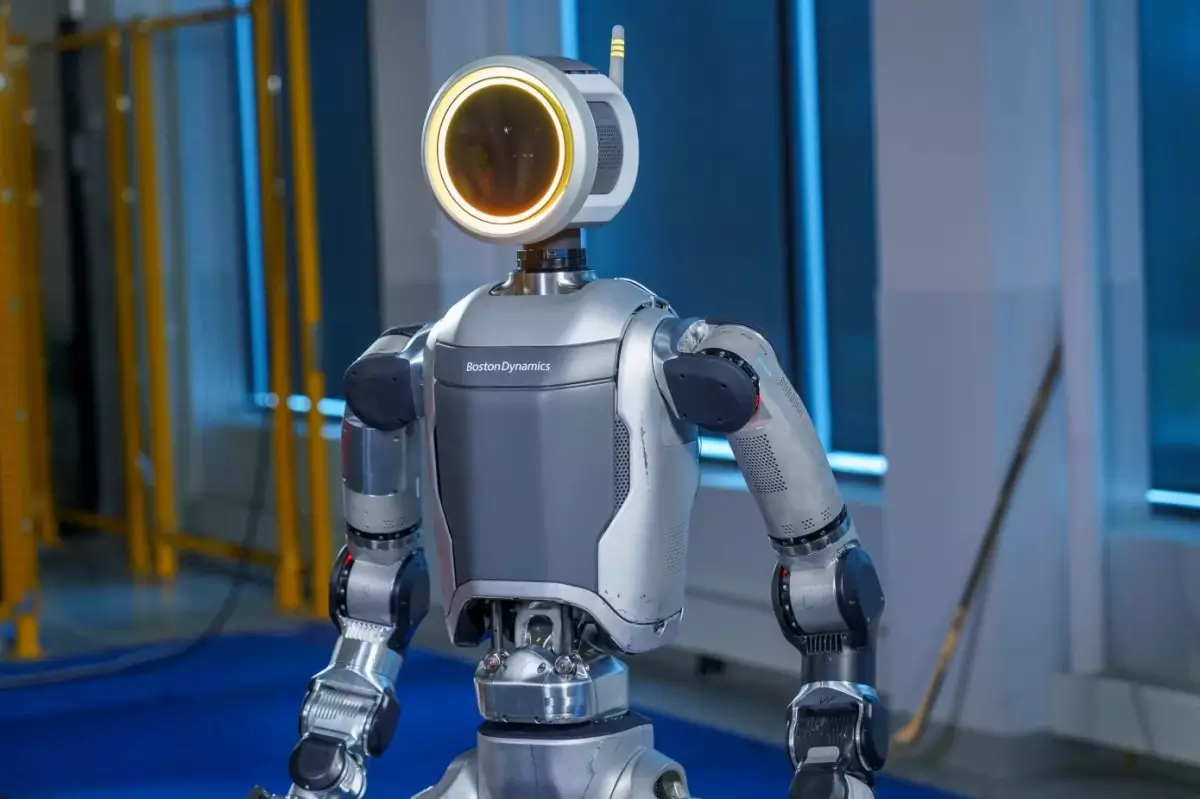In an era marked by rapid technological progress, the recent collaboration between Boston Dynamics and the Toyota Research Institute (TRI) signifies a promising development in the field of humanoid robotics. This partnership aims to integrate advanced artificial intelligence (AI) into the electric Atlas humanoid robot, building on both companies’ prior research efforts. The implications of their work, especially in behavioral modeling, herald a transformative phase in autonomous robotic capabilities.
At the heart of this collaboration lies the utilization of large behavior models (LBMs), a new frontier analogous to large language models (LLMs) like ChatGPT. These models strive to simulate human-like behaviors, thereby enhancing the functionality of robots in performing complex tasks. TRI’s history of successfully teaching robots tasks that require dexterity and decision-making, such as culinary chores, is particularly noteworthy. Last year, TRI’s research showcased the institute’s ability to achieve an impressive 90% accuracy rate in household tasks, a monumental step towards seamless human-robot interactions.
What sets TRI’s methodology apart is its focus on minimizing the dataset size required for effective learning. Traditionally, machine learning relied on vast amounts of data, often necessitating thousands of training cases. However, TRI’s approach emphasizes diversity in training scenarios, allowing robots to learn from fewer examples. This efficiency can potentially revolutionize how robotic systems adapt and perform in dynamic real-world environments, a significant boon for industries reliant on automation.
Boston Dynamics, widely recognized for its cutting-edge robotic systems, complements TRI’s software prowess with its advanced hardware capabilities. The Atlas robot, now designed for electric functionality, marks a departure from its hydraulic predecessor. This evolution underscores a critical aspect of the robotics field: the need for innovation in both hardware and software. CEO Robert Playter’s assertion that we are witnessing an unprecedented period for robotics resonates deeply within the industry, highlighting the urgency for firms to collaborate in overcoming intricately complicated challenges.
Boston Dynamics’ previous demonstrations, including footage of the Atlas robot performing push-ups, serve as a testament to the robustness and agility of their creations. Such physical prowess is critical as competition intensifies, with other firms like Agility, Figure, and Tesla focusing on in-house AI developments. The decision to team up with TRI signals Boston Dynamics’ intent to enhance its robots’ cognitive abilities, thereby ensuring they are not merely strong but also smart.
The Competitive Landscape and Future Directions
The strategic partnership between Boston Dynamics and TRI is noteworthy not just for technological advancements but also due to the competitive dynamics at play. Both companies are subsidiaries of Hyundai and Toyota, two automotive giants with vested interests in leveraging robotics within their operations. Despite being rivals in the automotive industry, this collaboration demonstrates a rare convergence of interests to lead the robotics market—a field that offers vast potential beyond traditional automotive applications.
Moreover, while Boston Dynamics engineers its own AI research bodies like The AI Institute, TRI has shifted its focus toward software and behavioral modeling rather than hardware. This diversification indicates a broader understanding of the interdependent nature of robotics and AI development, emphasizing the necessity for specialized expertise in each domain for successful synergy.
The ultimate goal of this collaboration is to realize the vision of general-purpose robotic systems—machines that can replicate human capabilities and potentially expand beyond them. As robotics hardware advances, the challenge transitions into developing systems that possess true general intelligence. Although tools like software development kits (SDKs) have enhanced the versatility of robots like Spot, achieving artificial general intelligence remains a distant yet compelling target.
The Boston Dynamics and TRI partnership serves as a beacon for what may come next in the field of robotics. As their research progresses, the prospects for creating robots capable of genuinely understanding and interacting with their environment in a human-like manner move closer to reality. The collaboration’s outcome could redefine the potential applications of robotics, from everyday household tasks to complex industrial processes, ultimately revolutionizing how we employ technology in our daily lives.
This remarkable partnership signals not only a stride forward in humanoid robot capabilities but also highlights the shifting paradigms in the robotics industry, where collaboration may become the cornerstone of innovation and progress.


Leave a Reply